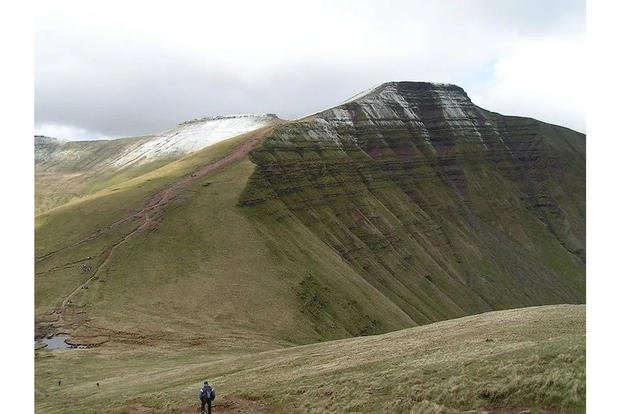The Special Air Service is the longest active special missions unit in existence and has remained one of the best. Staffed with the toughest and most resourceful enlisted and commissioned soldiers the United Kingdom has to offer, the SAS only accepts the cream of the crop. Of all candidates who try to earn the coveted beige beret and the title of "Blade," only the very best make it through.
In order to thin out the herd, the SAS holds one of the most arduous and rigorous selection and training programs in the modern special operations community. Timed cross-country marches, treks through jungles, and a mountain climb are just a few of the challenges that make joining the SAS an extreme task.
Typically, the SAS runs two selection periods every year, one in summer and the other in winter. While any fully-trained member of the British Armed Forces may apply for selection, the bulk of candidates tend to come from light infantry, airborne, and commando units.
Selection lasts around five months and consists of multiple phases, each designed to break down every candidate and push them to their limits and beyond. That's probably why the program has an astonishing 90% fail rate. Many drop out due to stress or injury — those who remain must meet and exceed the high standards set by the selection cadre.

It all begins with physical testing designed to ensure that each candidate meets the minimum requirements to join the SAS. Selection then moves forward with a series of forced marches in the Brecon Beacons, a mountain range in South Wales. Candidates are issued rifles, weighted rucks, and rations and are then sent packing. Their ultimate test in the first phase is navigating themselves across Pen y Fan, the highest peak of the Brecon Beacons, alone and within a 20 hour time limit.
This segment, called officially "Endurance," but popularly known as the "Fan Dance," holds a special (if not dreaded) place in the hearts of all candidates. It's such an excruciating and dangerous trek that some have even perished over the years in attempts.
After completing Endurance, all surviving candidates are given weeks of instruction on weapons, tactics, and procedures. This is their first real introduction to the shadowy world in which the SAS generally operates. Lessons on tradecraft, medical care, and hand-to-hand combat are also included. This segment is run in the hot, dense jungles of Brunei, Belize, or Malaysia.
Upon passing the jungle phase, candidates return to the United Kingdom to Hereford, home of 22 Special Air Service Regiment, where they receive further specialized instruction and undergo testing on their trade. Their marksmanship abilities are honed and developed, their combat driving abilities are refined, and their proficiency with foreign weapons and vehicles is enhanced.
Candidates are also put through airborne school, learning how to conduct static line and freefall jumps, and are committed to a grueling combat survival and resistance program, similar to the US military's SERE school. After a one week-test during which candidates are hunted down and brutally interrogated, they are finally on their way to joining the active SAS.
By the end of SAS selection, an initial batch of around 200 candidates will have dwindled down to roughly 25. These candidates are sent to operational squadrons for further training and eventual deployment. They represent the finest the British Armed Forces have to offer, and are thus awarded their beige berets and the SAS badge — the winged dagger.
They have earned the right to call themselves "Blades."
MORE POSTS FROM WE ARE THE MIGHTY:
This Marine is on the front lines treating COVID-19 patients
Why these British soldiers never say 'yes'
Everything you need to know about the Air Force's navy
We Are The Mighty (WATM) celebrates service with stories that inspire. WATM is made in Hollywood by veterans. It's military life presented like never before. Check it out at We Are the Mighty.















